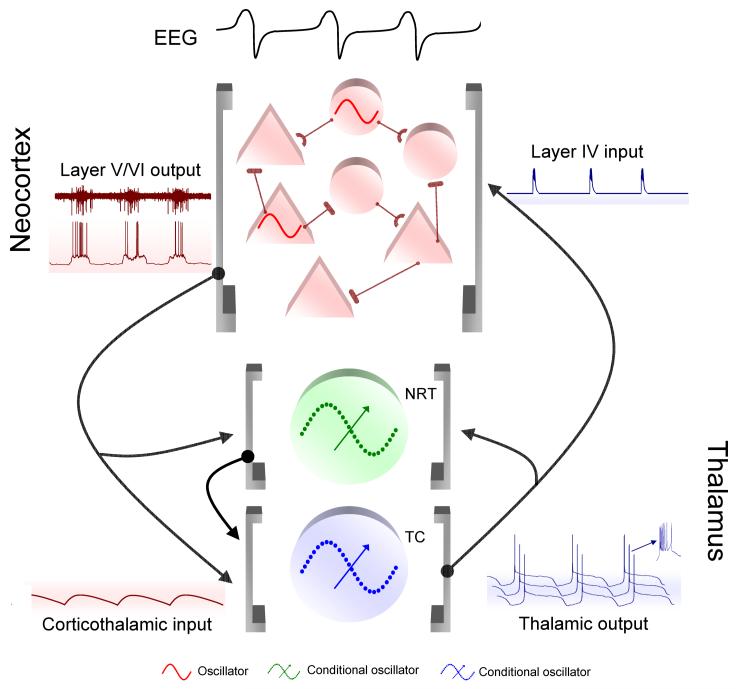Figure 3. Schematic flow diagram of the slow oscillation in a thalamo-cortical network.
The prolonged UP states of the slow oscillation in layer 5/6 cortical neurons lead to long-lasting corticothalamic EPSPs (mediated by both AMPARs, NMDARs and mGluRs in TC and NRT neurons. These slow EPSPs lead to an mGluR-induced reduction in ILeak that is the necessary condition for thalamic neurons to exhibit the slow oscillation. The LTCP-mediated high-frequency burst that is invariably present at the start of each UP state of the TC neuron slow oscillation leads to highly effective bursts of thalamocortical EPSPs that initiate a new UP state in NRT and layer 4 neurons. The overall UP and DOWN state dynamics of a cortical region are maintained by synaptically generated barrages of excitation and inhibition from other cortical neurons but are also potentially fine tuned by additional intracortical inputs from intrinsically oscillating neurons in layer 2/3 and 5. Reproduced with permission from Crunelli & Hughes 2010.

